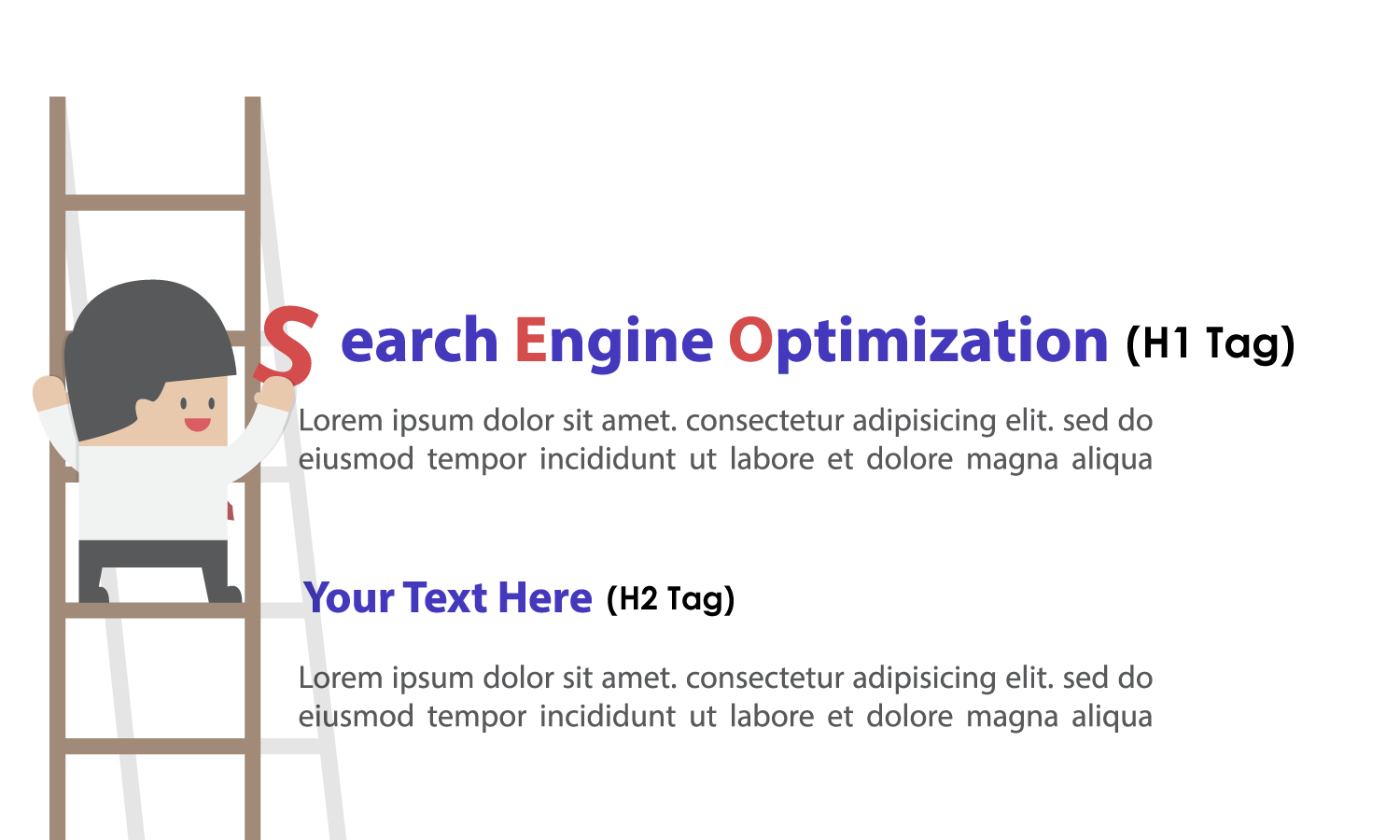Why are header tags more important in SEO?
Header tags, also known as H1, H2, H3, and so on, are crucial elements of on-page optimization for search engine optimization (SEO). These tags serve as a roadmap for search engines and users to navigate your content, and they help improve your site's visibility and rankings.
First and foremost, header tags provide a logical structure to your content, making it easier for both search engines and users to understand what your page is all about. The H1 tag is typically reserved for the page's main title, which should include your main keyword, while H2 tags are used for subheadings and H3 tags are used for sub-subheadings. This structure helps search engines understand the hierarchy and context of your content and how it should be presented to users.
In addition to their organizational benefits, header tags can also provide SEO value. Search engines use header tags to determine the relevance and importance of your content. Pages that use relevant and descriptive H1 and H2 tags tend to perform better in search engine rankings because they provide a clear indication of the content's focus and topic.
Furthermore, header tags can also improve user experience by making your content more scannable and readable. Users tend to skim content online, and header tags provide visual cues to guide their eyes to the most important parts of your content. This, in turn, can increase user engagement and reduce bounce rates, both of which are important metrics for SEO.
In summary, header tags are a critical component of on-page optimization for SEO. By providing a logical structure to your content, indicating its relevance and importance to search engines, and improving user experience, header tags can help boost your website's visibility and rankings in search engine results pages. So, when creating content, make sure to use header tags wisely and strategically to maximize their benefits.
Regenerate response


